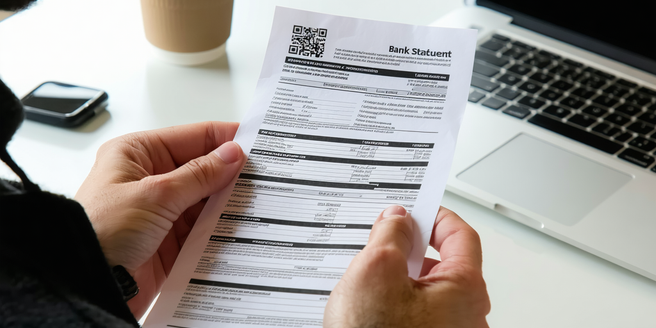
Understanding Common Types of Credit Card Fraud
Credit card fraud is a significant concern, taking various forms such as identity theft, phishing, and skimming. Identity theft involves thieves using stolen personal information to open new accounts or take over existing ones, causing financial havoc. Phishing uses fake communications pretending to be from legitimate companies to trick individuals into providing sensitive information. Skimming occurs when thieves capture card details using devices installed on ATMs or point-of-sale machines. Understanding these fraud types is crucial because it empowers you to recognize suspicious activities early. By educating yourself about these tactics, you can adopt protective measures, maintain vigilance, and reduce the risk of falling prey to scammers. Remember, awareness is pivotal in safeguarding your financial well-being.
Best Practices for Securing Your Credit Card Information
Protecting your credit card information requires adopting several best practices to minimize risks. Start by using a strong, unique password for your online banking and shopping accounts, and enable two-factor authentication whenever possible. Regularly monitor your account statements and set up alerts for unusual transactions. Keep your card details private and refrain from sharing them online or in insecure environments. When shopping online, ensure the website is secure by checking for the padlock symbol in the URL bar. Additionally, use credit cards instead of debit cards for more robust protection against fraud. Always stay informed about the latest scams and preventive measures to enhance your security. By following these practices, you strengthen your defenses against credit card fraud.
How to Identify Signs of Credit Card Fraud Early
Detecting credit card fraud early can mitigate financial damage and restore peace of mind. Begin by routinely reviewing your account statements and transaction history for unfamiliar charges. Even small, inexplicable transactions could indicate an unauthorized party testing your account. Use bank-provided alerts to notify you of transactions that exceed certain limits or occur outside typical patterns. Consistently monitoring your credit reports from major bureaus can help identify fraudulent activities, such as unauthorized accounts opened in your name. If you suspect fraud, report it immediately to your credit card issuer and freeze your account. Swift action not only prevents further misuse but also aids in the investigation and resolution of fraudulent activity. Your vigilance is key in catching fraud early.
Effective Tools and Technologies for Fraud Prevention
In the fight against credit card fraud, diverse tools and technologies play an essential role. Credit card companies offer mechanisms such as secure transaction protocols, which help encrypt your data during processing. Tokenization replaces card details with unique codes, safeguarding them during transmissions. Financial institutions now provide virtual card numbers for safer online transactions, protecting your actual card details. Additionally, utilize mobile payment apps with biometric authentication to add an extra layer of security. Machine learning algorithms analyze transaction patterns to detect anomalous behavior that may indicate fraud. Embracing these advanced technologies equips both consumers and institutions to stay ahead of fraudsters, ensuring a higher degree of financial security. Awareness and implementation of such tools significantly contribute to fraud prevention.
Steps to Take If You Become a Victim of Credit Card Fraud
If you find yourself a victim of credit card fraud, immediate action is critical to minimize damage. First, contact your credit card issuer to report the fraudulent activity and request an account freeze to prevent further unauthorized transactions. Follow up by disputing any fraudulent charges and providing necessary documentation. Notify the major credit bureaus to place a fraud alert on your credit file, which can protect your credit rating by preventing new account openings without verification. Additionally, consider filing a police report and an identity theft report with appropriate authorities. Monitor your credit statements vigilantly over the next several months to catch any further suspicious activities early. Taking these steps promptly can aid in resolving the issue efficiently and fortifying your financial security moving forward.
